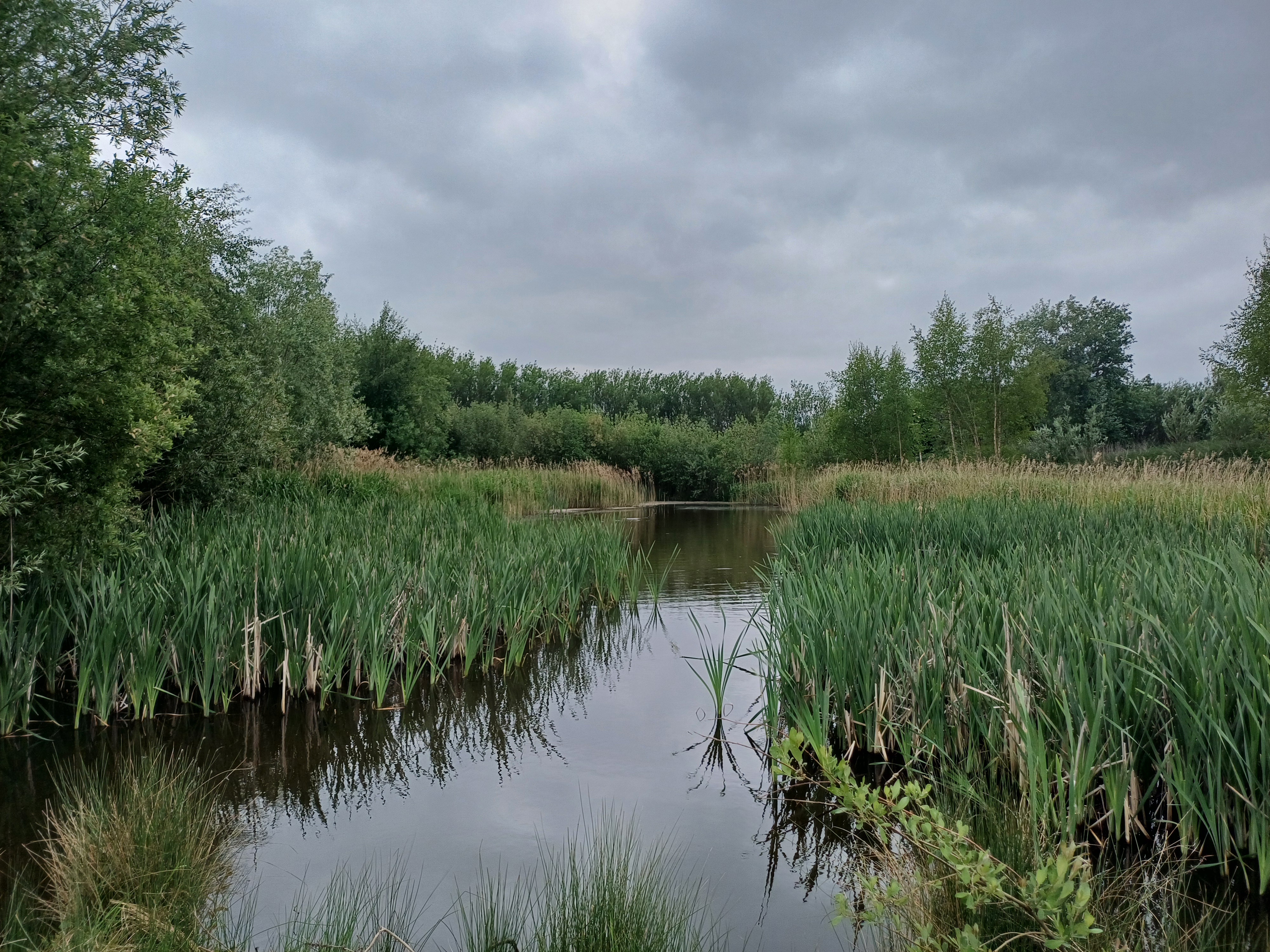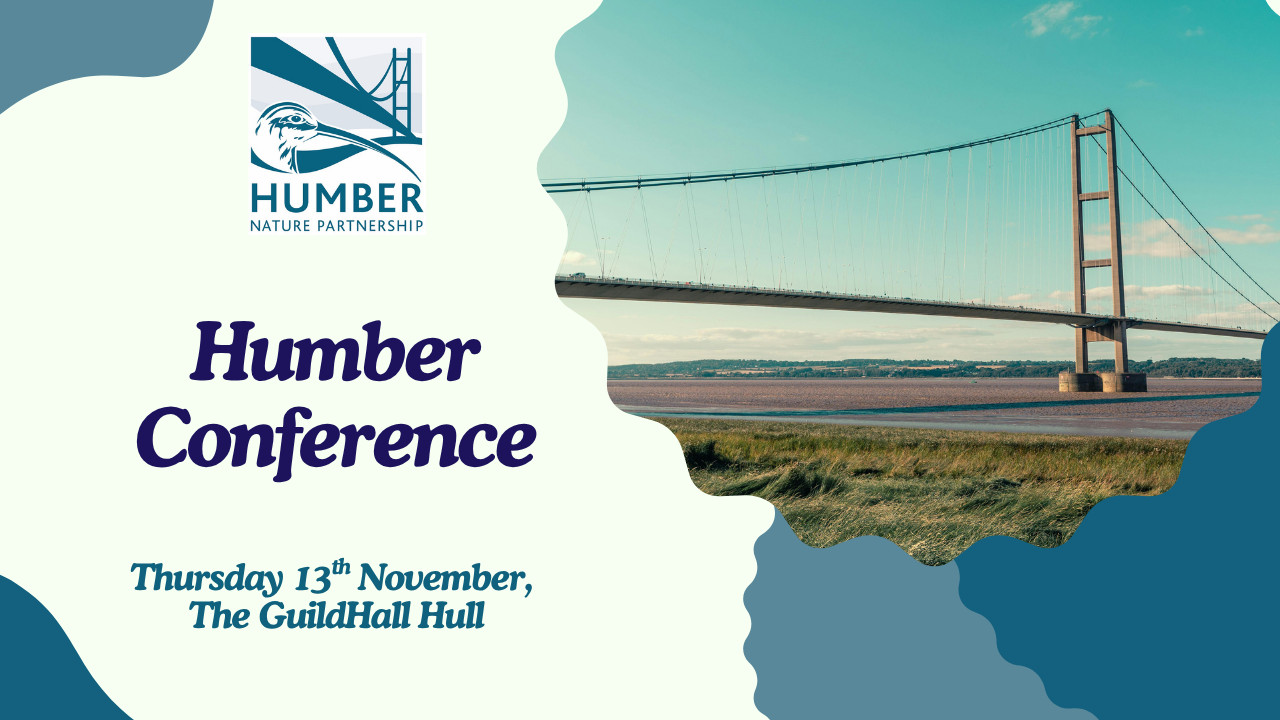15 May
Invasive Species Week
Events
Invasive Species Week runs from 12th-18th May this year.
Invasive Non-Native Species (INNS) are species of plants and animals that are not normally found in that environment. They threaten and can reduce native biodiversity, and INNS are considered one of the top 5 threats to our ecosystem. They cost the UK almost £2 billion each year to tackle. Around the Humber, we have many invasive species to deal with, from Chinese Mitten Crabs and Slipper Limpets in marine environments, to the freshwater Floating Pennywort, to Japanese Knotweed and Himalayan Balsam on land.
They can threaten native plants and animals by:
Outcompeting native species
Overconsuming food resources
Altering and damaging habitats and infrastructure
Spreading diseases
Blocking waterways and preventing recreation
There are some ways that we can work as individuals and organisations to try and tackle INNS. Some ways include:
Check Clean Dry - one of the ways that invasive species spread easily is through water. The Check Clean Dry method is a guideline for recreational water users to try and reduce accidentally spreading invasive species.
Be Plant Wise - this guide provides gardeners with many different native options to plant, instead of invasive plants. It also contains helpful information on what conditions the plants need, and what benefits they will provide to your garden!
Volunteer - many groups offer volunteering opportunities to remove INNS, including your local Rivers Trust, some local BeachCare & RiverCare groups, your local Wildlife Trust, or Yorkshire Invasive Species Forum. Make sure you do it with professionals, as they'll know the safe and correct methods of removal and disposal!
Report - you can report where you see INNS using platform like INNS Mapper. You can use the web version or app, both of which are easy to use, and help professionals to understand the spread of INNS, which can help with managing them.
To learn more about invasive species management during Invasive Species Week, we attended a workshop at the incredible Idle Valley Nature Reserve run by Nottinghamshire Wildlife Trust! It was a great way to showcase the work being done, and opportunities for partnership working.
LY


